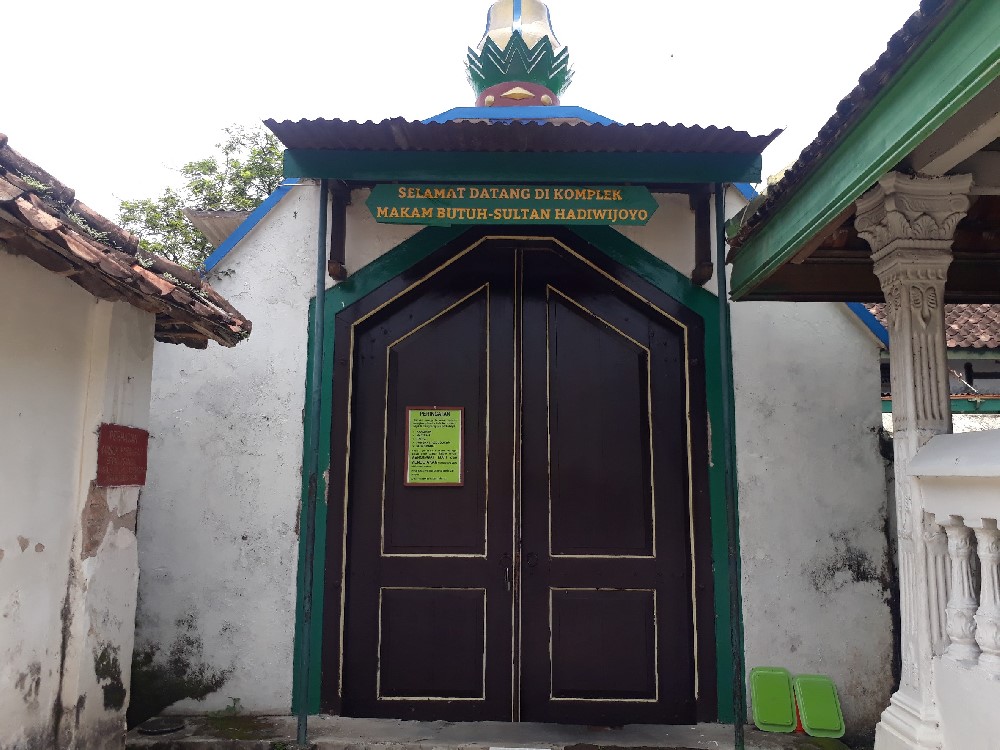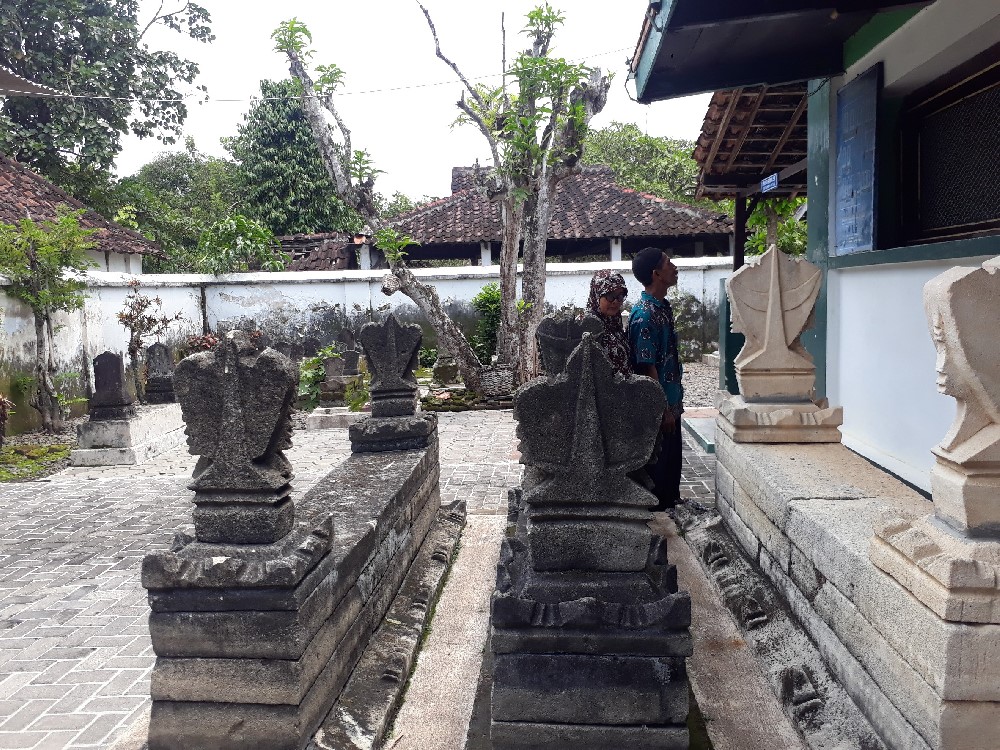Treading The Last Footsteps Of Jaka Tingkir
“Maneka warna cahyane donya kang dadi punjere yaiku srengenge nanging cahyane manungsa iku ana ing jeroning ati”
The various colors in the world come from the sun as the center of the world's light, but the light in humankind comes from the heart.
Somewhere away from the crowds, once upon a time, there is a man named Ki Ageng Butuh (Raden Kebo Kenanga) that became the duke of Pengging II (Boyolali to Salatiga) replacing the father, KA Handayaningrat (Pengging I). He received some kind of order to go to the Demak Kingdom because Pengging was subordinate of the Demak Sultanate, after the collapse of Majapahit.
Sunan Kudus stated the purpose of his arrival. But Ki Ageng remained in his position not to be willing to face the king in Demak, for all the reasons that only the two of them could possibly understand. So, a policy was chosen that would not make the people the victims of conflict: Ki Ageng had to leave Pengging. And with his wife, Ki Ageng went to the East and arrived at a place.
“Ngenggonana marang bab kang wis kasinau banjur wadhahana kanggo sangu ubaranti urip ana ing alam donya”
Hold on to the lessons you have understood and take the lessons to prepare for the next life.
Jaka Tingkir is the son of KA Kebo Kenaga from his marriage with Roro Alit, daughter of Sunan Lawu. Sunan Lawu is the son of Prabu Brawijaya V. This story is not just a legend but a history that remains wrapped prettily in a story. Tracing the journey of the Sultan who was named Mas Karebet as a child resulted in a conclusion. Djoko Tingkir is not just a story belonging to Sragen.
Jaka Tingkir
Beyond the narrow understanding inherent in our society, Jaka Tingkir is a history belonging to Jawa Tengah, the island of Java to be exact. Treading the story of Jaka Tingkir is getting to know the long journey of Nusantara. Long before the Dutch set foot in Indonesia, Jaka Tingkir and all the stories that accompanied him had spread widely and triumphed.
Raden Patah was willing to run from Majapahit to the west to build Demak, we mark it as Demak I (1485-1519), then Patiunus who held Demak II (1519-1521), until Demak III (1521-1550) which was in the hands of the Sultan Trenggono.
History begins again, Jaka Tingkir who is starting to grow up is ordered to serve the kingdom. The journey through the Bengawan Solo River using gethek (raft) with three of his friends has brought Jaka Tingkir to Demak. The chaos caused by the raging buffalo and only Jaka Tingkir who can conquer it has melted the heart of King of Demak III to make Jaka Tingkir his son-in-law and titled Duke Hadiwijaya after marrying Queen Mas Cempaka, daughter of Sultan Trenggono.
After the death of Sultan Trenggono, the situation in Demak became increasingly heated, there were many plans to block the path of Duke Hadiwijaya so that he would not get the royal throne because what he faced was not an enemy but still a descendant of the descendants of Prabu Brawijaya V Majapahit (Mojokerto)-Singhasari (Malang). So, the duke did not want to fight back, because ‘Wani ngalah iku luhur wekasane, Menang tanpa ngasorake’.
Butuh Tomb (Gedongan, Plupuh, Sragen)
The storybook will give us a lot of different versions, but it’s time for our logic to works. Jaka Tingkir was not lost in the war against his adopted son Prince Benawa. Jaka Tingkir was not killed by his opponent.
"How could that be? Shouldn't he be killed if Senopati who was escorting him could easily defeat everyone who wanted to harm him?" A piece of sentence put forward by Aziz, caretaker of Butuh Tomb.
Even if the story is made of Sultan Hadiwijaya losing the war, it means that giving up does not mean losing, compete if it is comparable. Sultan Hadiwijaya only deals with dangerous things. It's time to straighten history according to the version that is close to reality. In this last stop, we will find the answer.
Because he was old, the Sultan wanted to get closer to God. He chose to spend the rest of his life in the tranquility of the village following in the footsteps of his parents. So, the Bengawan Solo riverside hamlet named Butuh was chosen as the last 'home' by the garwa or wife of Raden Mas Cempaka.
He died and was buried in the same area as his parents' grave, Ki Ageng Butuh and his wife. One of his relics that still exist now is Butuh Mosque. This mosque was inscribed with Arabic numerals 1852 which indicates that the mosque's existence was estimated long before the year was written. If we look at the era at the time of the Kerajaan Demak, it is possible that at that time there was still no construction, only a place of worship such as a surau (small mosque). This mosque has undergone several restorations, especially during the Sinuhun PB X period, the last time was in 2005 and was inaugurated as a cultural heritage for the Kabupaten Sragen according to the Regent's Decree in 2018.
Tombs and Mosques that are visited by many pilgrims every day are historical evidence that at that time religion had developed but over time public awareness began to fade, so it is our job to revive it. Visiting graves to remember and praying for the people who were the founders of the nation.


